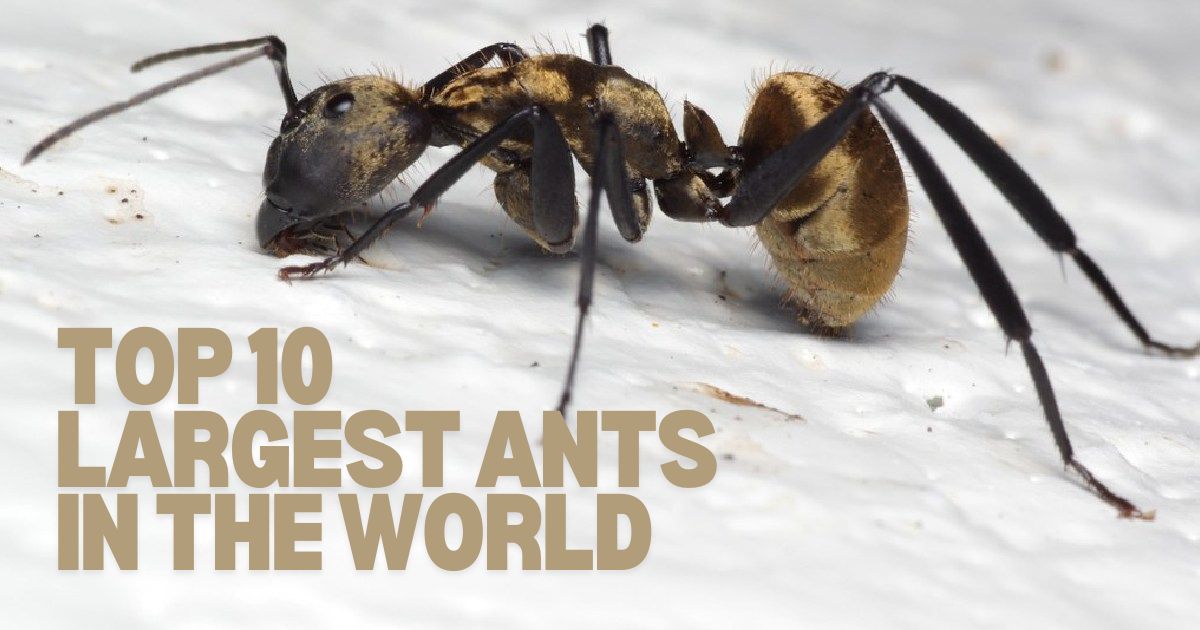Ants, often seen as tiny creatures scurrying beneath our feet, boast incredible diversity with over 12,000 species worldwide. Among these, some giants stand out not just for their size but also for their fascinating behaviors and adaptations. This article explores the largest ants in the world, delving into the lives of these remarkable invertebrates, from the formidable Bullet Ant to the colossal Giant Amazonian Ant. Each species highlights unique aspects of survival and community in the insect world.
10. Green Ant
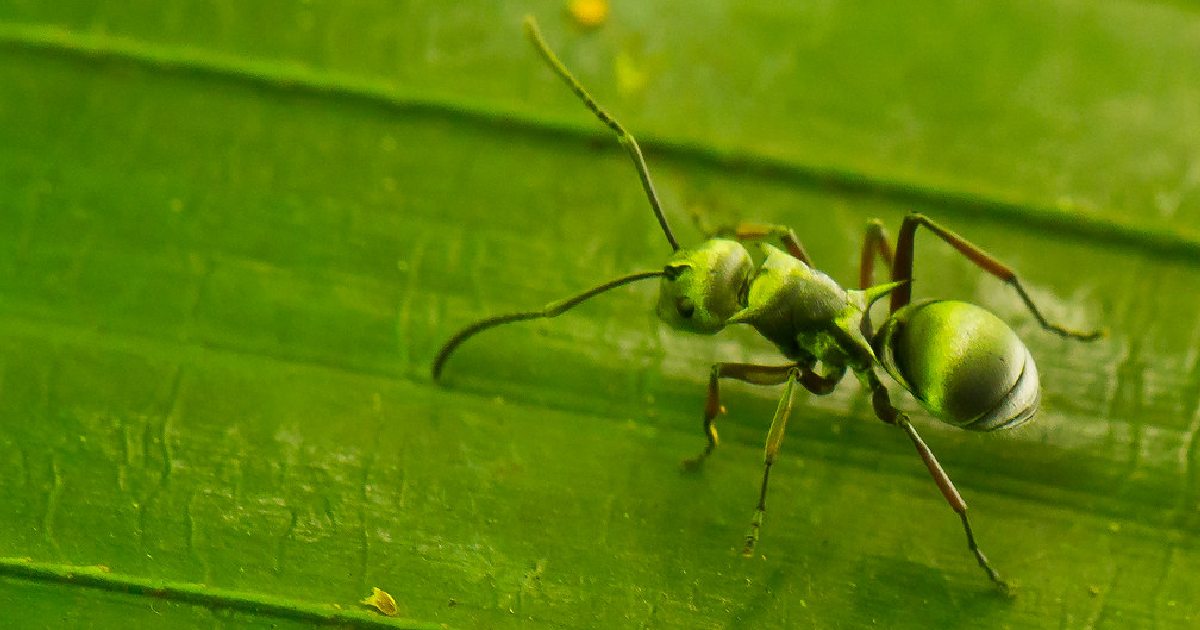
- Length: 0.22 inches
- Habitat: Primarily found in Australia
- Key Features: Bright green body, strong mandibles, used in Aboriginal medicinal practices
The Green Ant, distinguished for its fluorescent green body, is an obscure but noteworthy species native to the nation of Australia. Despite the size of their bodies, these ant species are strong guards over their nests and are employed in ancient Aboriginal treatment for their claimed curative properties. Their homes often appear on the foliage of trees, in which they practice sophisticated horticulture by rearing the pests for honeydew.
Green Ants are strong territorial guardians. They use their formidable mandibles not just to repel attackers it also to trim and bind leaves collectively to form elaborate colonies. This activity demonstrates an exceptional resilience to their surroundings and emphasizes their vital role in maintaining the natural equilibrium of their ecosystems.
9. Southern Wood Ant
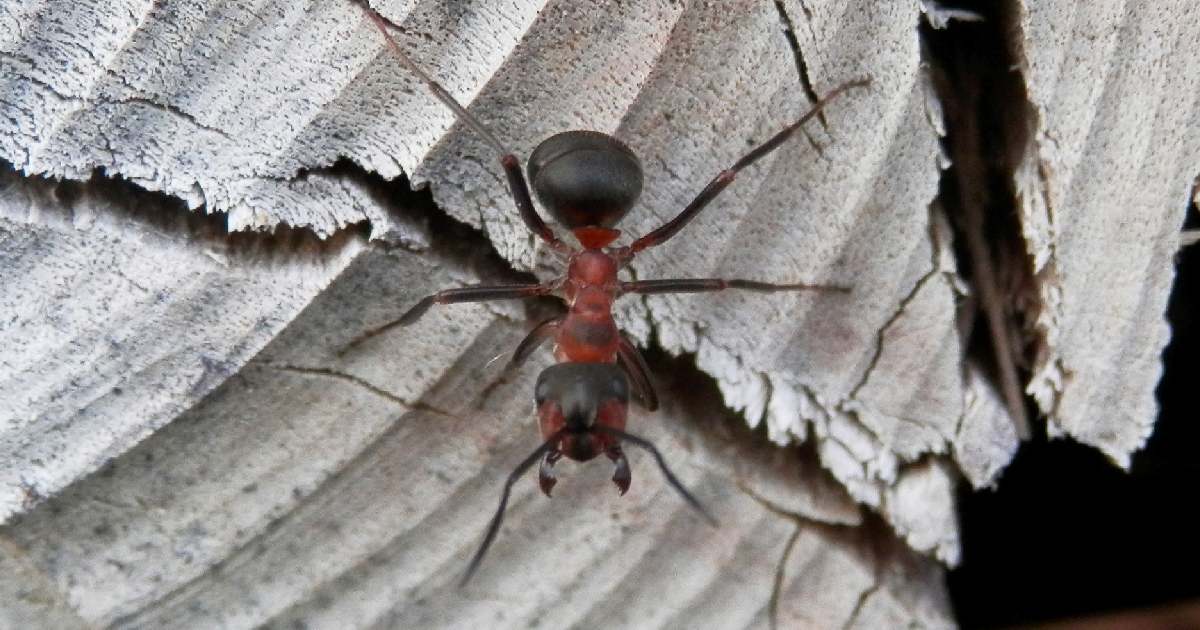
- Length: 0.47 inches
- Habitat: Found throughout Europe, particularly in wooded areas
- Key Features: Large mandibles, forms large mounds, aggressive behavior
The Southern Wood Ant is impressive not only for its size but also for its complex societal structures and aggressive defense mechanisms. Found in the forests of Europe, these ants build large mounds that serve as sun collectors during the cold seasons, a testament to their engineering prowess. They are known for their large mandibles, which are crucial in foraging and defense.
These ants play a significant role in their ecosystems. By preying on other insects and thus controlling their populations. Their ability to mobilize quickly and attack in large numbers makes them formidable predators and an essential part of maintaining the ecological balance in their forest homes.
8. Formica Fusca
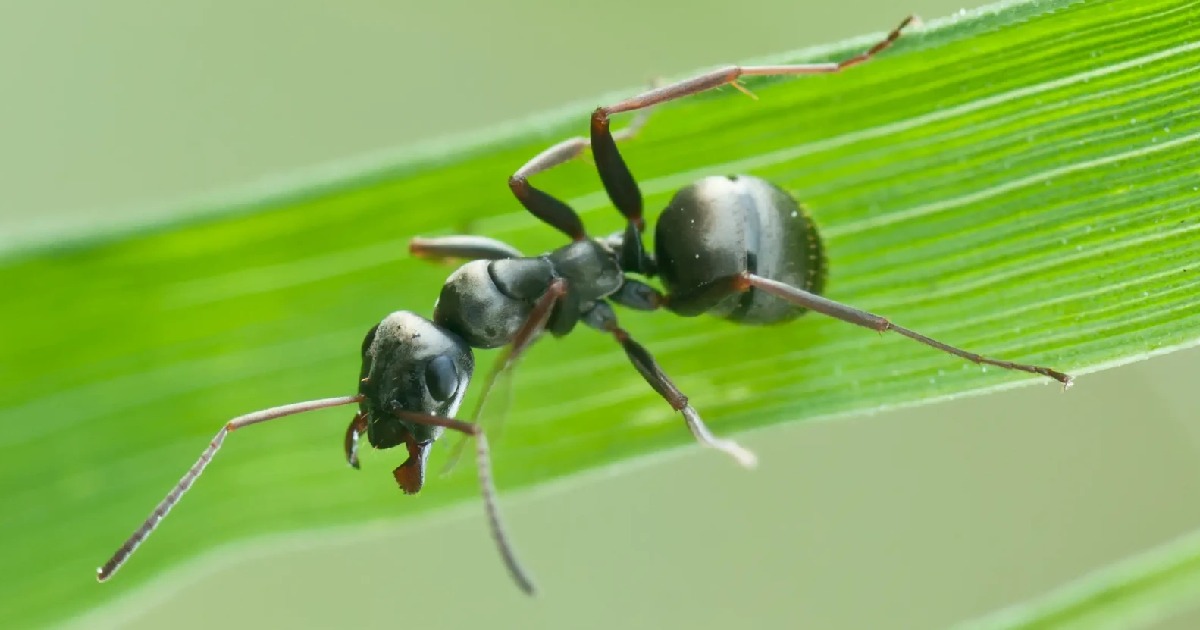
- Length: 0.5 inches
- Habitat: Widely distributed across Europe, North America, and Asia
- Key Features: Dark color, highly adaptable, forms supercolonies
Formica Fusca, commonly known as the black ant, is notable for its adaptability and widespread presence across various continents. Despite its modest half-inch length, it forms one of the largest ant colonies, showcasing complex social structures and efficient teamwork. These ants are known for their dark coloration and ability to thrive in diverse environments, from woodlands to grasslands.
The ability of Formica Fusca to form supercolonies allows it to dominate large territories, outcompeting other ant species and even larger invertebrates. Their cooperative nature and formidable numbers make them a study of interest. Therefore, beneficial in understanding social insects’ ecological impact and pest control strategies.
7. Slave-Maker Ant

- Length: 0.5 inches
- Habitat: North America and Europe
- Key Features: Parasitic lifestyle, raids other ant colonies, steals brood
Slave-Maker Ants, also known as brood parasites, are infamous for their raiding behavior, where they invade other ant colonies to steal larvae and pupae. These stolen individuals are then raised as workers in the slave-maker colony, a dark yet fascinating aspect of some ant species’ survival strategies. This behavior highlights the complex social dynamics and adaptive strategies in the ant world.
Found across North America and Europe, Slave-Maker Ants have developed a variety of tactics for their survival. This includes mimicking chemical signals and launching coordinated attacks. Their life cycle challenges our understanding of social structures in nature and provides insights into the evolutionary pathways of parasitic behavior.
6. Black Carpenter Ant
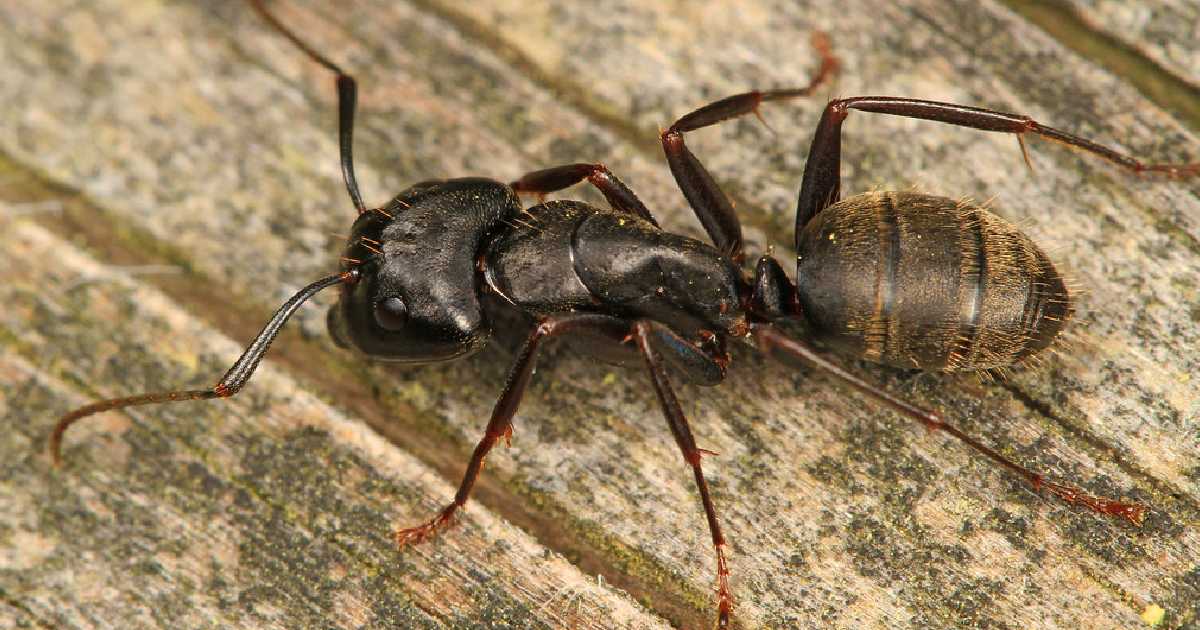
- Length: 0.5 inches
- Habitat: Widely distributed across the United States
- Key Features: Builds nests in wood, destructive to wooden structures, large and black
Black Carpenter Ants are among the largest ants in North America and are best known for their habit of nesting in wood, which can lead to significant structural damage. These ants carve out galleries in moist or rotting wood to establish their nests, a behavior that has put them at odds with homeowners. Despite their reputation as pests, they play crucial roles in their ecosystems by helping break down decaying wood.
The size and strength of Black Carpenter Ants enable them to undertake extensive excavations. It demonstrates the significant impact even small creatures can have on their environment. Their presence often indicates moisture problems in wooden structures, making them important indicators of building health.
5. Banded Sugar Ant
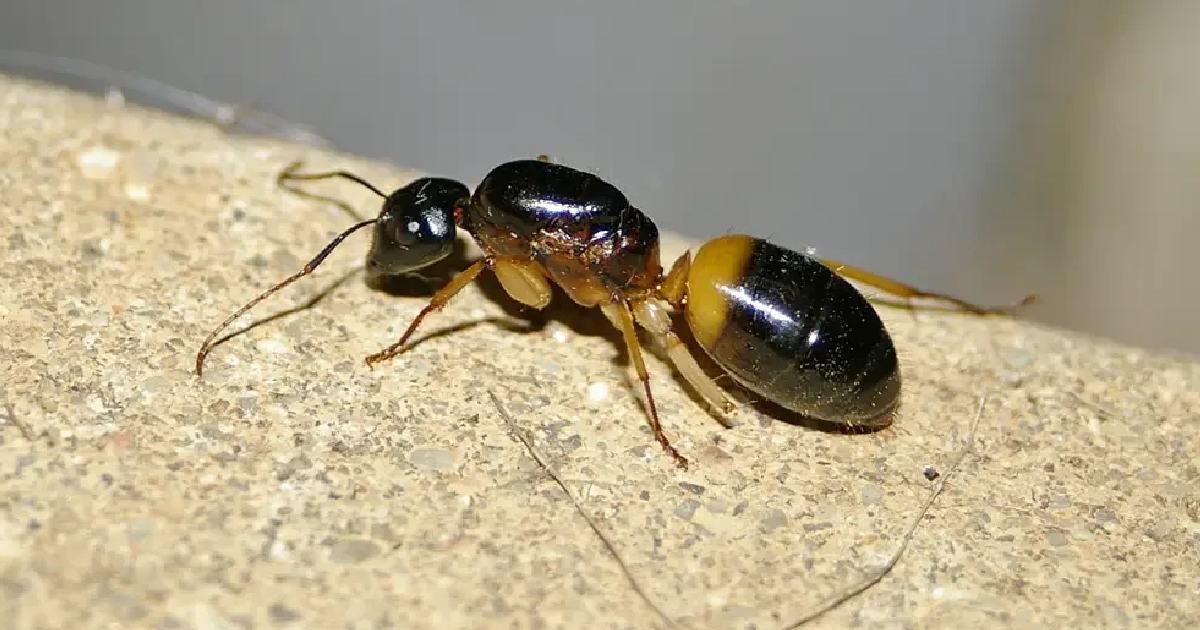
- Length: 0.5 inches
- Habitat: Predominantly found in Australia
- Key Features: Orange-brown body with a darker abdomen, nocturnal, attracted to sweets
The Banded Sugar Ant is a common sight in Australian backyards, easily recognized by its distinctive coloration and attraction to sugary substances. These nocturnal foragers are often seen marching in long trails during the night, searching for food to bring back to their underground nests. The ant diet is not limited to sweets; they are opportunistic feeders and will consume other insects and substances as needed.
Despite their small size, Banded Sugar Ants are known for their boldness. They are defending their territory aggressively against intruders. Their complex foraging and defense strategies make them a fascinating subject for studies on ant behavior and social organization.
4. Carpenter Ant

- Length: 0.5 inches
- Habitat: Found globally, particularly in forested areas
- Key Features: Excels in wood excavation, forms extensive colonies, varied diet
Carpenter Ants are renowned for their ability to excavate wood, where they form elaborate tunnel systems to house their colonies. These ants are among the largest globally, with their size allowing them to undertake significant structural alterations to their habitats. While they do not eat the wood, they remove it to create space for their growing colonies.
These ants are also known for their adaptability, thriving in various environments and consuming a diverse diet. This adaptability has allowed them to spread across many parts of the world. Thus, making them both a common sight and a subject of pest control efforts due to their impact on wooden structures.
3. Bullet Ant
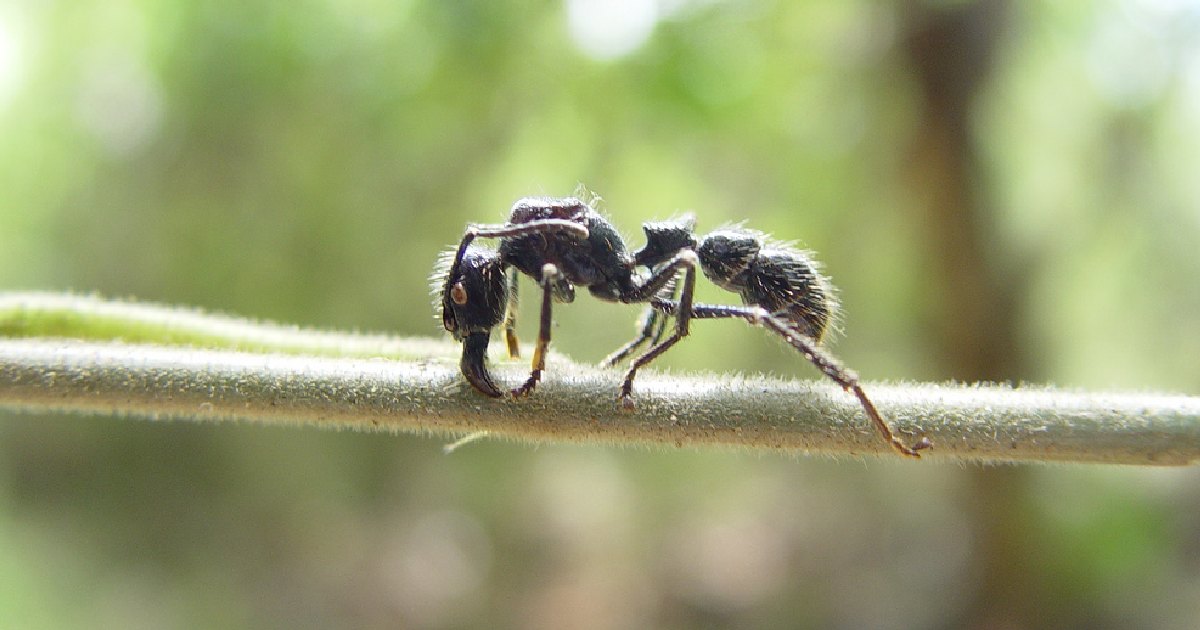
- Length: 1.2 inches
- Habitat: Rainforests of Central and South America
- Key Features: Delivers the most painful sting of any insect
The Bullet Ant is renowned for its powerful and painful sting, which is said to be as painful as being shot, hence the name. Found in the humid rainforests of Central and South America. These ants can reach up to 1.2 inches in length, making them one of the largest ant species.
The sting of the Bullet Ant is not just feared; it is also revered, playing a central role in certain Amazonian tribal initiation rites. Despite their fearsome reputation, Bullet Ants are fascinating creatures that play a significant role in their ecosystems. They are top invertebrate predators, controlling the populations of other pests and insects, which helps maintain ecological balance.
2. Dinoponera Quadriceps
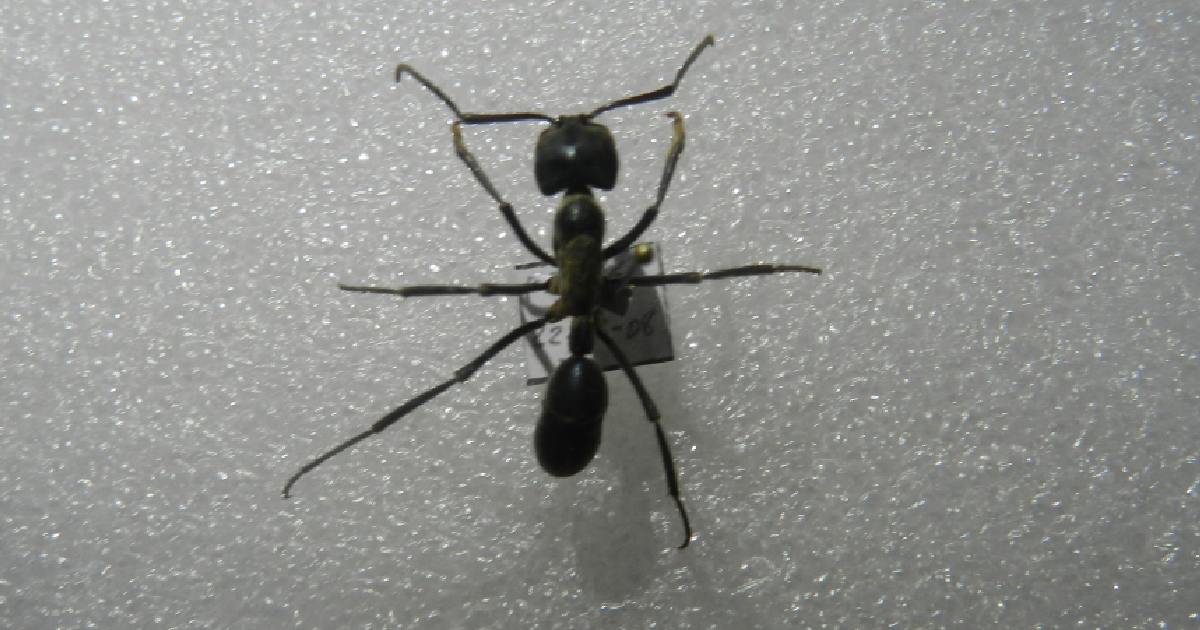
- Length: 1.6 inches
- Habitat: Strictly South American genus
- Key Features: dinoponera species, queenless colonies
Dinoponera Quadriceps, found in South America up to the savannah and lowland rainforest is one of the largest ants in the world. Unlike most ant species, colonies of Dinoponera do not have a queen; instead, reproduction is handled by a reproductive worker. These giant ants exhibit a complex social hierarchy that is rare among invertebrate species.
The large size of Dinoponera ants allows them to prey on larger insects. Which provides a crucial predatory service in their ecosystem. Their unusual reproductive system and significant role in their habitat make them a key species for studies on social and evolutionary biology.
1. Giant Amazonian Ant
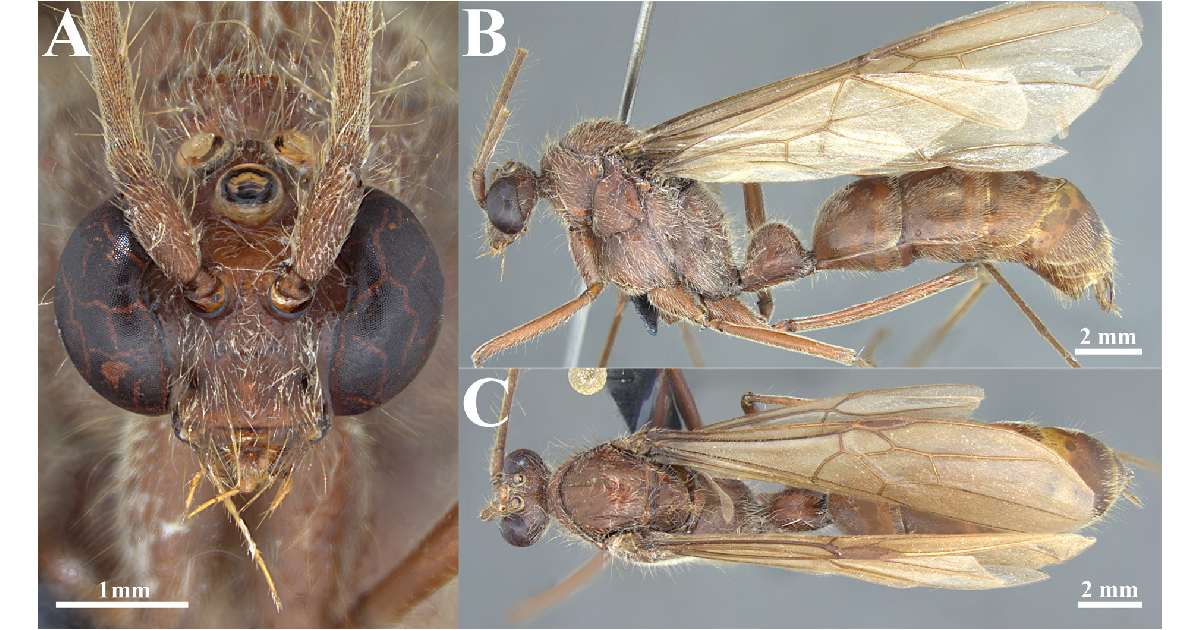
- Length: Up to 2 inches
- Habitat: Amazon rainforest
- Key Features: Largest ant species in the world, formidable predator, lives in complex colonies
The title of the largest ant in the world goes to the Giant Amazonian Ant or Dinoponera gigantea, an impressive species that can grow up to 2 inches in length. Residing in the dense Amazon rainforest, these giant ants are formidable predators, hunting other insects and small vertebrates. Their size and aggressive nature make them top predators in their environment.
The social structure of Giant Amazonian Ant colonies is highly organized and complex, with a clear division of labor and sophisticated communication systems. These ants are not only a marvel of the natural world due to their size. Also due to their intricate social behaviors and the ecological roles they play within one of the most biodiverse ecosystems on the planet.
Conclusion
The world’s largest ants impress humans through their enormity and sophisticated endeavors. From the powerful Bullet Ant to the massive Giant Amazonian, these ants reveal that size is important in the natural world, influencing how creatures operate, hunt for food, and engage. Each of the species mentioned additionally stands out in terms of their physical proportions, nevertheless exhibiting ant diversity and adaptability, rendering them among some of the most prosperous and fascinating animals on the planet. When we keep learning about these giants, we acquire a better understanding of how biology works and the extraordinary modifications that enable such small species to have such an enormous influence on their environments.
Frequently Asked Questions (FAQs)
How big are super major ants?
Super major ants, often referred to as soldier ants, can vary in size depending on the species. Typically, they range from 0.5 to 2 inches in length. These ants are larger than their colony counterparts and possess more powerful mandibles, playing a critical role in colony defense and large object manipulation.
What is the largest ant colony?
The largest ant colony ever recorded was found on the coast of Southern Europe, stretching over 3,700 miles from Northern Italy to the Atlantic coast of Spain. This supercolony was comprised of Argentine ants, known for their ability to form massive interconnected colonies. It is projected that they have up to 15 queens per one thousand worker ants.
What is the biggest ant to ever exist?
The biggest ant to ever exist is the Titanomyrma giganteum, an extinct species that lived during the Eocene epoch. Fossil records suggest that these ants could reach up to 2.4 inches in length, making them the largest ant species known from the fossil record. Titanomyrma, as opposed to a current queen driver ant, was large overall and had no noticeable bulging belly which driver ants possess.
How big would 20 quadrillion ants be?
Estimating the combined mass of 20 quadrillion ants depends on the average size of the ants, but if we consider a small ant weighing about 3 milligrams, 20 quadrillion ants would weigh approximately 60,000 metric tons. If placed side by side, they could cover thousands of square miles.
What is the largest living ant on Earth?
The largest living ant on Earth is the Giant Amazonian Ant, which can grow up to 2 inches in length. Found primarily in the Amazon rainforest, these giant Amazonian ants are not only the largest by size but also one of the most formidable predators in their habitat, dominating the local insect population.

